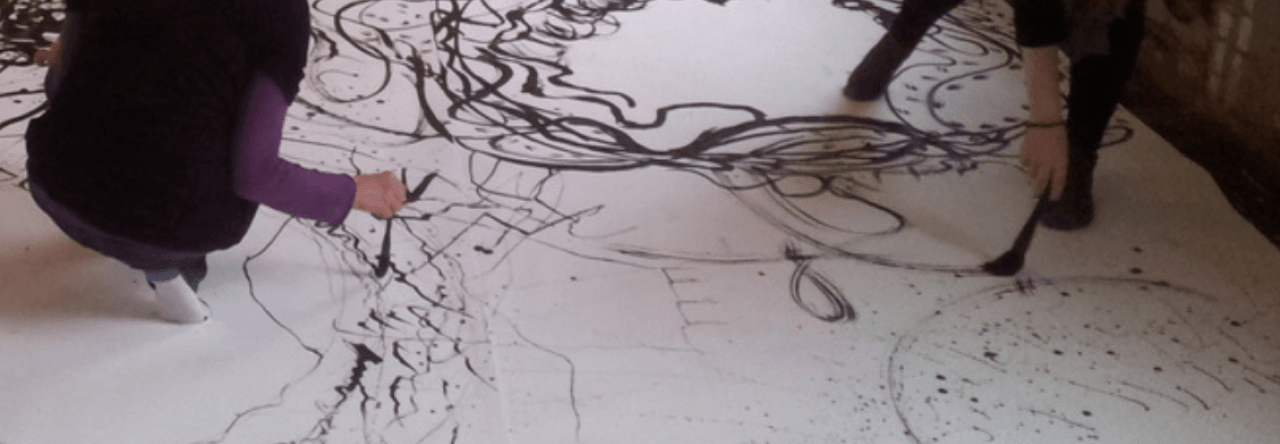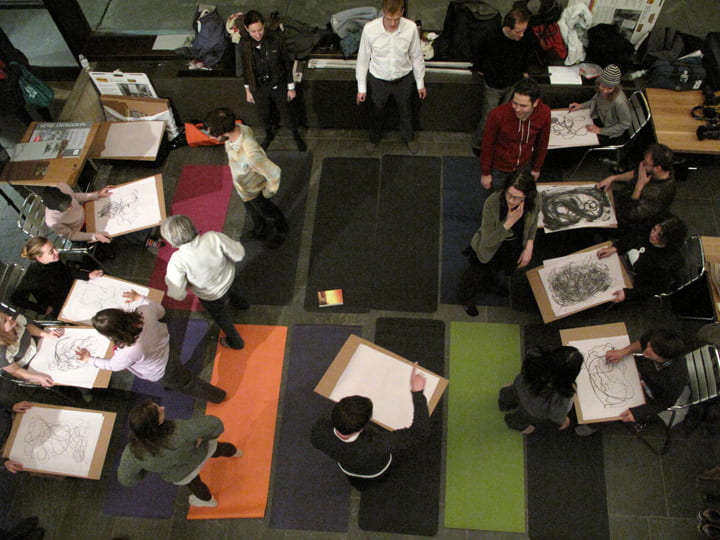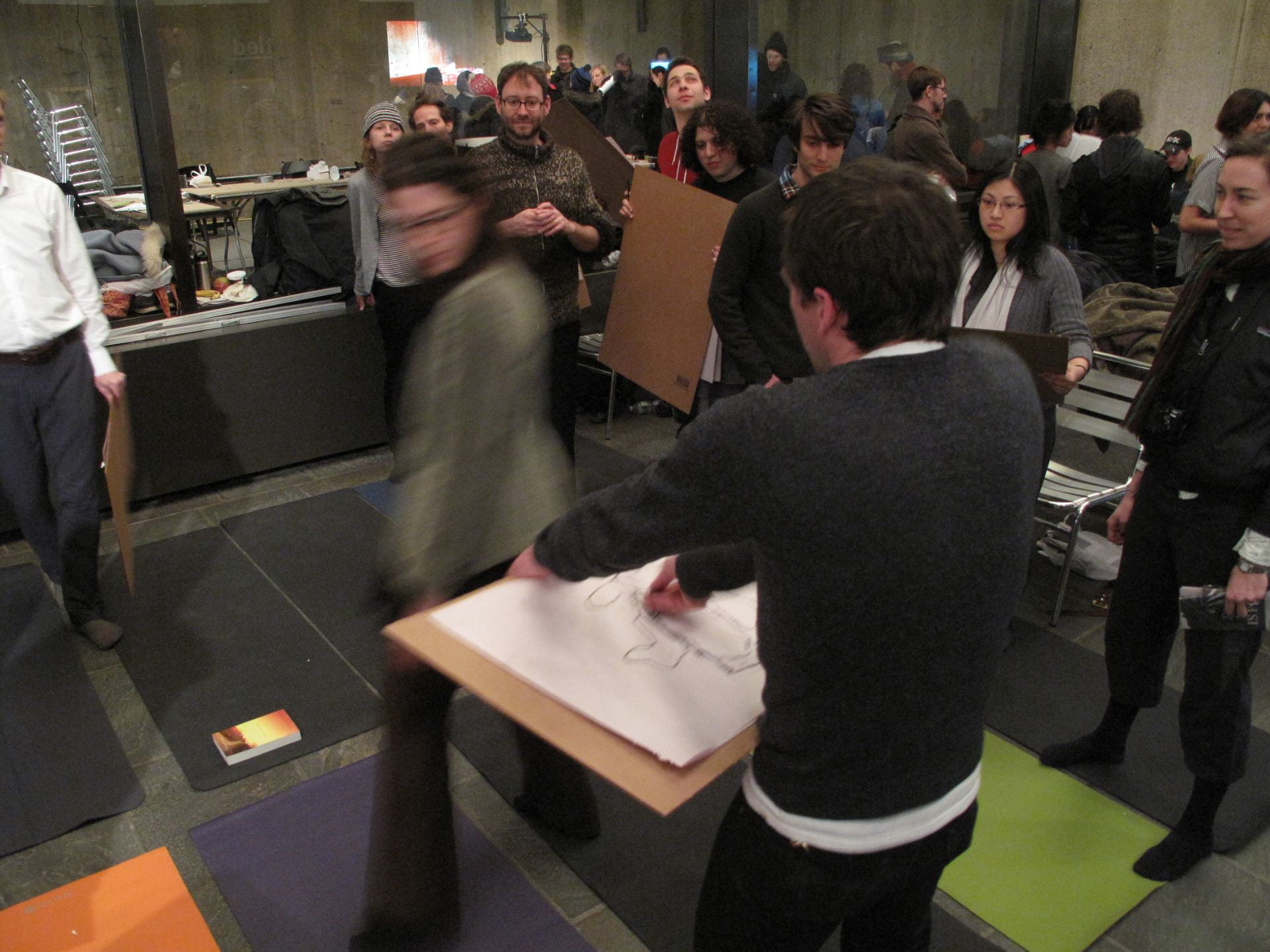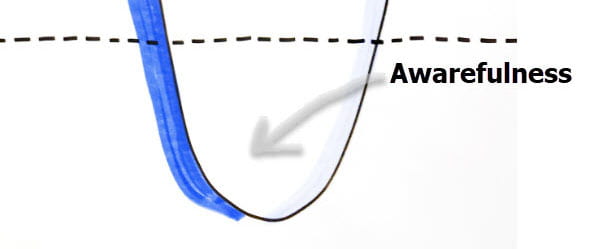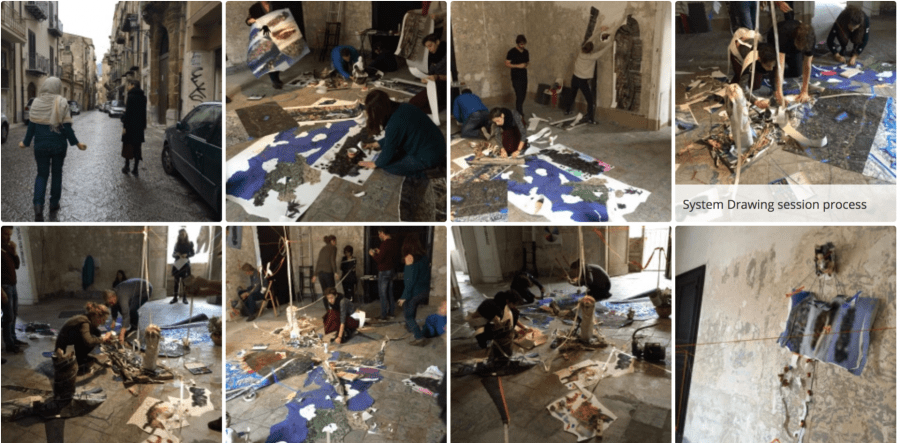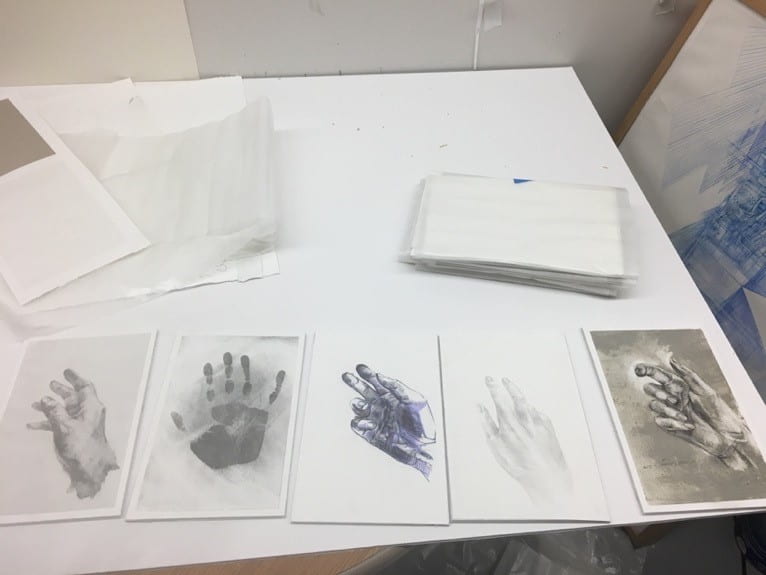 In this drawing workshop and discussion, we’ll practice Johann Wolfgang von Goethe’s way of seeing, which he called “tender empiricism.” Today, Goethe is most famous for his Romantic Era literary works, written in German. Yet as a polymath, Goethe also developed his own way of science, which is less well-known today. He founded his way of science on a different type of observation, rooted in the sensory world and visualization techniques. According to traditional scientific concepts of empiricism, a strict subject and object duality occurs. This duality enforces an objective way of looking at the world, popular in science. In Goethe’s way of seeing, the subject is vulnerable to being reshaped by what the eye sees and understands—even to the extent where the subject-object duality blurs. Goethe believed that we can only experience an authentic insight this way. Goethe cautioned against leaving behind an original experience, with all of its phenomena, for abstraction—as Newtonian science does, for instance, with light. This way of seeing is an early example of ecological thinking. Goethe also resonates with ancient principles of visualization, which play out in the mind’s eye even as the visualization becomes an instrument of understanding. Through drawing plants, we’ll practice the four steps of the Goethean method: Exact Sensorial Perception, Exact Sensorial Imagination, Encountering the Whole and Becoming One with the Phenomenon. We’ll share our drawings and then discuss them. Goethe’s visualization method will serve as an inspirational example rather than a prescriptive one. Here, we’ll emphasize what we can learn about thinking through drawing—and ecological thinking in particular—by bringing to life Goethe’s way of seeing.
In this drawing workshop and discussion, we’ll practice Johann Wolfgang von Goethe’s way of seeing, which he called “tender empiricism.” Today, Goethe is most famous for his Romantic Era literary works, written in German. Yet as a polymath, Goethe also developed his own way of science, which is less well-known today. He founded his way of science on a different type of observation, rooted in the sensory world and visualization techniques. According to traditional scientific concepts of empiricism, a strict subject and object duality occurs. This duality enforces an objective way of looking at the world, popular in science. In Goethe’s way of seeing, the subject is vulnerable to being reshaped by what the eye sees and understands—even to the extent where the subject-object duality blurs. Goethe believed that we can only experience an authentic insight this way. Goethe cautioned against leaving behind an original experience, with all of its phenomena, for abstraction—as Newtonian science does, for instance, with light. This way of seeing is an early example of ecological thinking. Goethe also resonates with ancient principles of visualization, which play out in the mind’s eye even as the visualization becomes an instrument of understanding. Through drawing plants, we’ll practice the four steps of the Goethean method: Exact Sensorial Perception, Exact Sensorial Imagination, Encountering the Whole and Becoming One with the Phenomenon. We’ll share our drawings and then discuss them. Goethe’s visualization method will serve as an inspirational example rather than a prescriptive one. Here, we’ll emphasize what we can learn about thinking through drawing—and ecological thinking in particular—by bringing to life Goethe’s way of seeing.

